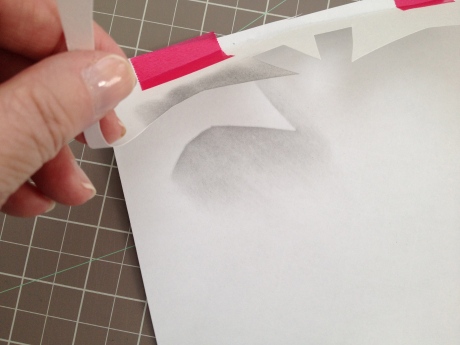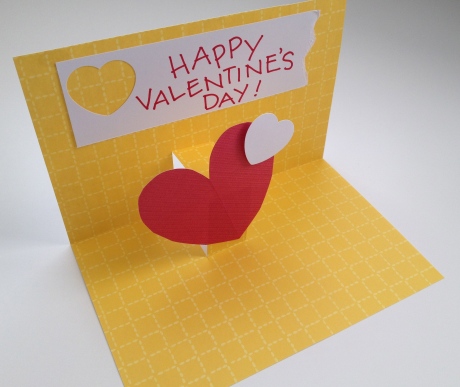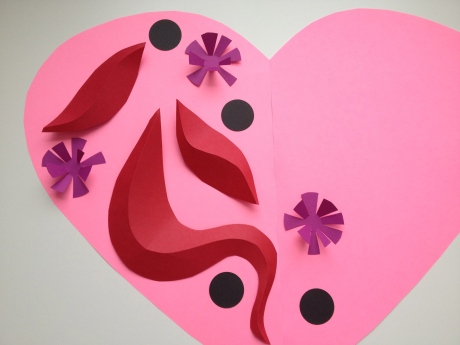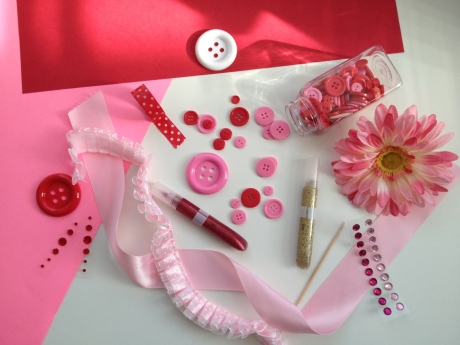
I love this time of year! This season of magnificent color presents an exciting opportunity for students to notice and record what they observe happening around them. If your students aren’t already keeping “art journals”, I suggest that now is the time to have them start! You can read my earlier posts about the ease of setting up and using art journals here, here, and here. There’s also a post here about observational drawing that you might find helpful.
My proposal is simple. Have your students observe leaves, one at a time — over time — as they change colors throughout the fall. While many different approaches are possible, I would suggest that you begin by simply having them each select one leaf to bring into the classroom. For this first observation, I would encourage you to suggest that they look for leaves that are primarily green. You might say something like, “We’re going to go outside (to some specific area) and spend just a few minutes while you each find one green leaf to bring back inside our classroom.” This sets a few basic parameters as well as your expectations: A) we will all be staying in the same area together, and B) we will be spending a very short amount of time doing this.
Once back inside, the process of carefully observing their leaves can begin. (Having each student set his or her leaf on a small, pre-cut square of black or white construction paper will help simplify the background, and will make each leaf seem “special” as if on display.) I would not have any pencils or paper out at this time to help focus their attention on their leaves only, and on LOOKING. Oral language and sharing would be great here… what do they see? Students can share their observations with a neighbor. Perhaps you could make a list of class observations. Vocabulary words like line, form, shape, color, and texture can be introduced or reinforced.
When it’s time to draw, journals/paper, pencils, erasers, color pencils, crayons and anything else you might make available can be distributed and the drawing can begin. You might encourage your students to draw one large image, or perhaps you might encourage them to draw several smaller images — or “studies” — of the same leaf from different angles. (This is great for those students who always finish at light speed! Ask them to move their leaf and take another look at it from this different angle.) Most of all, encourage them to take their time, to slow down, and to really look at what makes their particular leaf special and unique. The trick to observational drawing is to actually draw what you see in front of you, not what you THINK you see. Every child in your class has seen a leaf, and generally knows what leaves look like, but today you want them to do the best drawing they can of the particular leaf that is right in front of them.
If you have the time and the inclination, you might attach a writing component to this activity, having students describe what they see, or perhaps how they felt looking at their leaf and trying to draw it, or maybe even compose a poem about it. This writing could be as structured or as “free form” as you want it to be. The writing and drawings can be shared aloud with a partner and/or with the class. Another idea is to have everyone leave their journal open on their desk (or their paper out) and everyone moves around the room doing a “journal walk” or “gallery walk” to enjoy everyone’s work. (If this type of activity is new for your students, you might need to spend some time talking about how important it is to value all efforts, and to stick to constructive comments.)
As you notice the leaves changing colors over the next several days or weeks, explore this same process all over again, but this time you will encourage your students to select leaves that are say, yellow. Maybe a few days or weeks after that, everyone will select red leaves. Reinforce for your students how amazing it is that while you are returning to the same area over and over again for leaves, they have changed color dramatically.
This simple, multi-step journaling practice can be repeated using a multitude of subjects, some of which include growing plants, trees budding out in the spring, or something rotting like a small piece of fruit — kids LOVE the gross-out factor of this last one! Once kids get the hang of what you expect from them out of this process, this type of drawing can even be something that your students can do independently like at a station or center, or perhaps when other work has been finished. When practiced frequently, observational drawing is so much more than an art exercise for students, but rather it becomes a thoughtful, meaningful way of viewing, thinking about, and of understanding their world.
 Congratulations to Juliet Z. from Ohio! Juliet is the lucky winner of the last Art Kit I’m giving away as part of a year long promotion. She received her automatic entry into this giveaway by registering for my class ART 900: Drawing Magic. You can read more about all of the Professional Development classes I offer here.
Congratulations to Juliet Z. from Ohio! Juliet is the lucky winner of the last Art Kit I’m giving away as part of a year long promotion. She received her automatic entry into this giveaway by registering for my class ART 900: Drawing Magic. You can read more about all of the Professional Development classes I offer here.




















